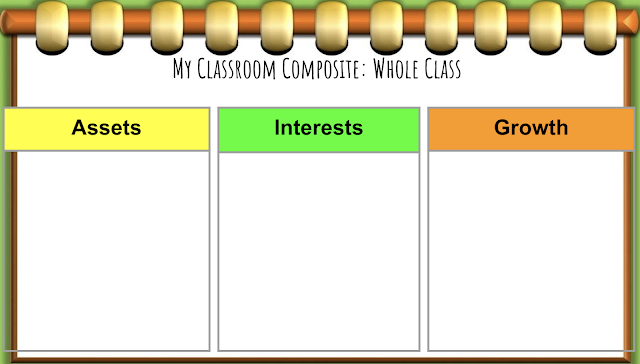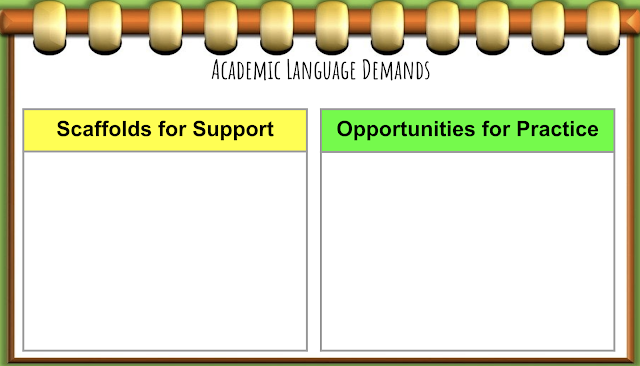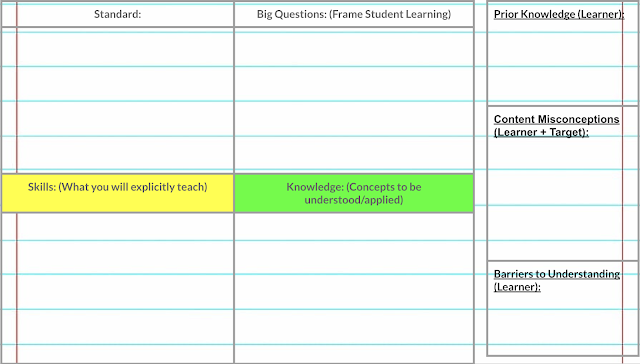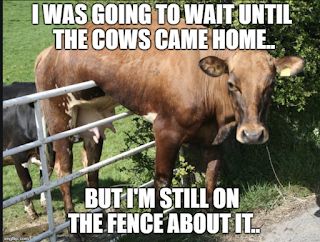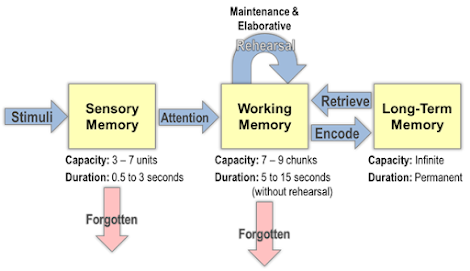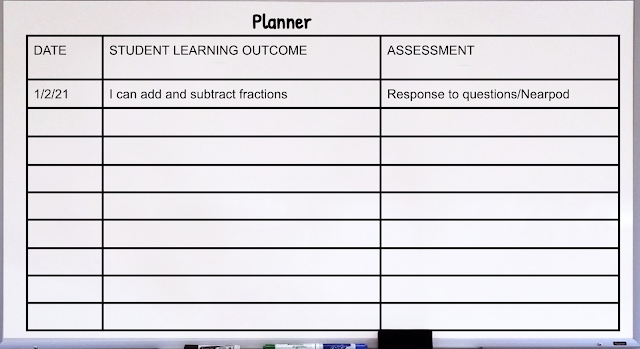Creating a Unit Plan from Process to Product
Creating a unit plan can feel like a daunting task, however, this process can provide you with an opportunity to consider your students and how they can develop mastery of content standards. While district-level curriculum often provides you with a scope and sequence of what to teach, by developing a unit plan you will have an opportunity to consider not just what you will teach, but who you will teach, and what you can do to reach all learners.
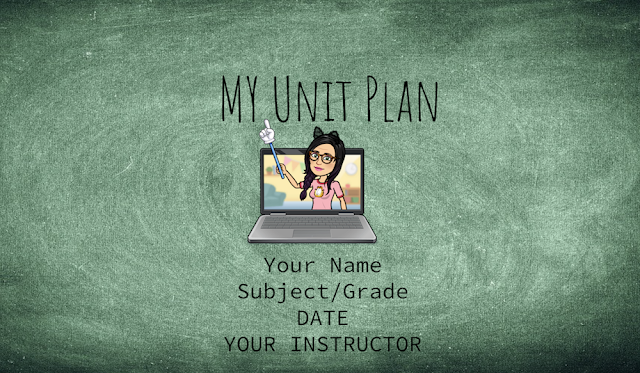 Step 1: Consider Your Learners
Step 1: Consider Your Learners
At the heart of good instruction is what you know about your learners and what you will do to build their strengths. Having an understanding of your learners’ assets (strengths), interests, and needs can help you anchor instruction. As you begin your unit plan it is important to consider their prior knowledge and abilities, as well as soft skills such as self-regulation, organization, and language needs.
For example, with a unit plan on ratios, you can create tasks that include students’ interest such as the game Roblox, and how your plan can reinforce prerequisite skills by including a game on equivalent fractions. You can also consider students’ assets such as their ability to persevere with complex problems as well as developmental needs such as working in small groups. This initial step will help you in considering what scaffolds you might include such as graphic organizers, student groupings, and technology as well as additional resources that build upon students’ interests and assets.
As a rule of thumb ask yourself “Who Am I Designing Instruction For? and “What will my students need to be successful?”
Step 2: Select Standards
Content is king, and by beginning with the end in mind you can identify the skills you will explicitly teach and the sequence to arrange instruction. This process allows you to zoom in and out of teaching to pinpoint student misconceptions, areas of struggle, and opportunities for differentiation. Through the unpacking of standards, you can consider what initial skills can support students in working in their “zone of proximal development” and how you might extend students’ thinking to promote transfer and real-world application. Check out Achieve the Core to backward map content standards.
When unpacking your content standards, consider misconceptions students might have, in addition to what prerequisite skills they will need to engage in activities. Language can also be a barrier to learning so it is critical to identify the academic language that can prevent students from acquiring the content knowledge and skills. In the next step as you plan activities identifying the language demand will support you in removing barriers and providing language support that is context embedded and connected to skills.
You should also consider “Big Questions” to anchor student learning so you don’t hear “Why are we learning about the industrial revolution” and “when will I ever use combining like terms”. These questions will come up, so either be prepared to make your case, or craft really engaging activities that focus on why students are learning these big ideas!
As a rule of thumb ask yourself “What knowledge and skills am I teaching”? and “How can I ensure my students develop deep understanding to make real-world connections?”
Step 3: Planning Activities
There is nothing more encouraging than a hook to get your students on task. Whether it is the novelty of seeing a popular meme as they consider idioms in the real world or watching the opening clip of a novella before engaging in a class conversation about verb conjugation in Spanish. The hook is where it’s at, and the first five minutes can make or break the rest of your lesson.
Activities are where the learning happens and whether that takes place through investigating a phenomenon (science) delving into a Number talk in Math, or discovering the events that led to the American Revolution, it’s important to let the students do the talking as this is how sense-making occurs. As part of planning activities, teachers should consider what open-ended questions they might ask, to create a platform for student talk. Questions that generate a “yes” or “no” response or ask students to give a thumbs up or thumbs down reveal very little about what the students know and understand, nor do they provide students with an opportunity to elaborate on what they are learning. Elaboration is critical if we want students to move what they are learning from their working memory to long-term storage.
You should also consider the instructional groupings you will consider for activities this might include whole group, small group, partner work, or triads. Homogenous groupings can be effective if students are working at the same level for a reading passage, whereas heterogeneous groupings can be advantageous for a project or task which includes multiple intelligences. Whether or not students participate can be contingent on the kinds of engagement strategies you employ to keep students on task and wanting to participate. Not every lesson needs to include a quiz or an exit ticket but as you plan your unit you should consider how you will measure student learning. Assessment strategies inform our instruction and provide us with a way to make just-in-time adjustments. 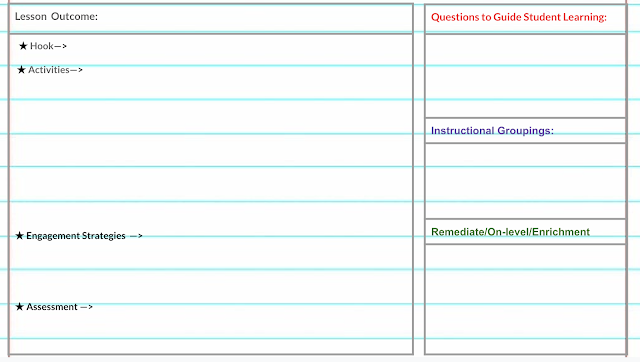
As a rule of thumb ask yourself “What kinds of activities would my students want to engage in and how can I measure their learning?”
After you crafted activities you should consider what accommodations and modifications should be provided to support all learners. This can include language scaffolds such as sentence stems for English language learners as well as assistive technology for students with learning exceptionalities. This UDL checklist is a wonderful tool to identify supports for your learners.
As a rule of thumb ask your learners “what are your preferred ways to learn?”
If you want to be an effective teacher then you need to take time to plan. Planning not only sets the goal for the day, but it gives you the confidence and the skills to be effective. Students’ learning can be measured and time on task is increased with an effective plan. “A good lesson plan is a living document. It is not set in stone, but rather it is a guide that keeps you–the classroom practitioner–engaged and thinking about what you are teaching.” Otis Kriegel

